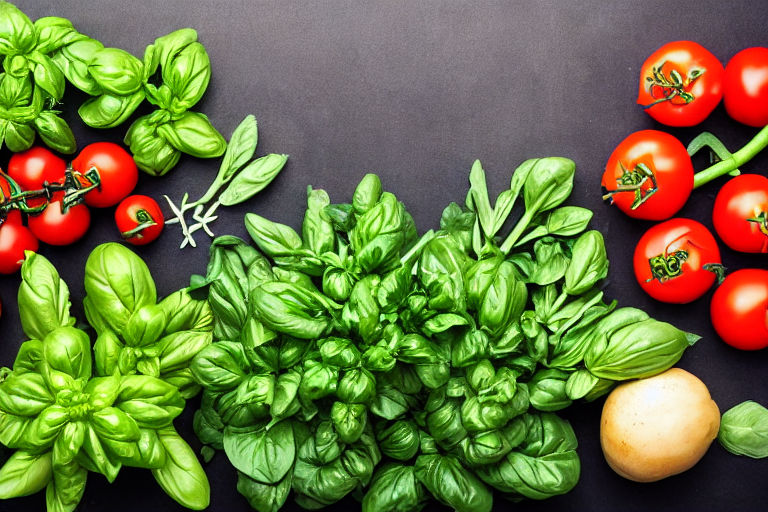From Seed to Table: The Journey of Sustainable Food
As consumers become more aware of the impact of their food choices on the environment, sustainable food has become a growing trend. Sustainable food is produced, processed, packaged, and transported in a way that minimizes its impact on the environment and supports local communities.
The Journey of Sustainable Food
The journey of sustainable food begins with the seed. Sustainable agriculture practices emphasize the use of non-genetically modified seeds that are adapted to the local climate and soil conditions. Farmers also use crop rotation to prevent soil erosion and maintain soil fertility naturally.
Once the crops are harvested, there are several processes that can impact the sustainability of food. Sustainable food processing involves avoiding the use of artificial preservatives and additives, reducing waste, and using energy-efficient practices.
Sustainable packaging is another important aspect of sustainable food. Packaging should be made from recyclable or compostable materials, and the packaging process itself should not contribute to greenhouse gas emissions.
The final step in the journey of sustainable food is transportation. The distance that food travels from the farm to the table can have a significant impact on its sustainability. Locally sourced food reduces the carbon footprint associated with transportation and supports local economies.
The Benefits of Sustainable Food
Consuming sustainable food has several benefits that go beyond just supporting the environment. By supporting local communities and small farmers, consumers can help to create a more resilient food system that is less vulnerable to disruptions caused by climate change, natural disasters, or other events.
Sustainable food is also often fresher and healthier than conventionally produced food. Locally sourced food is typically harvested when it is at its peak freshness, so it retains more nutrients than food that has been transported long distances.
Conclusion
The journey of sustainable food is a complex one that involves many different processes and stakeholders. By choosing to consume sustainable food, consumers can help to support a more diverse, resilient, and healthy food system that benefits everyone.
So next time you sit down to enjoy a meal, take a moment to think about the journey that your food took to get to your plate. By choosing to consume sustainable food, you can be a part of the solution to creating a more sustainable and equitable food system for all.



